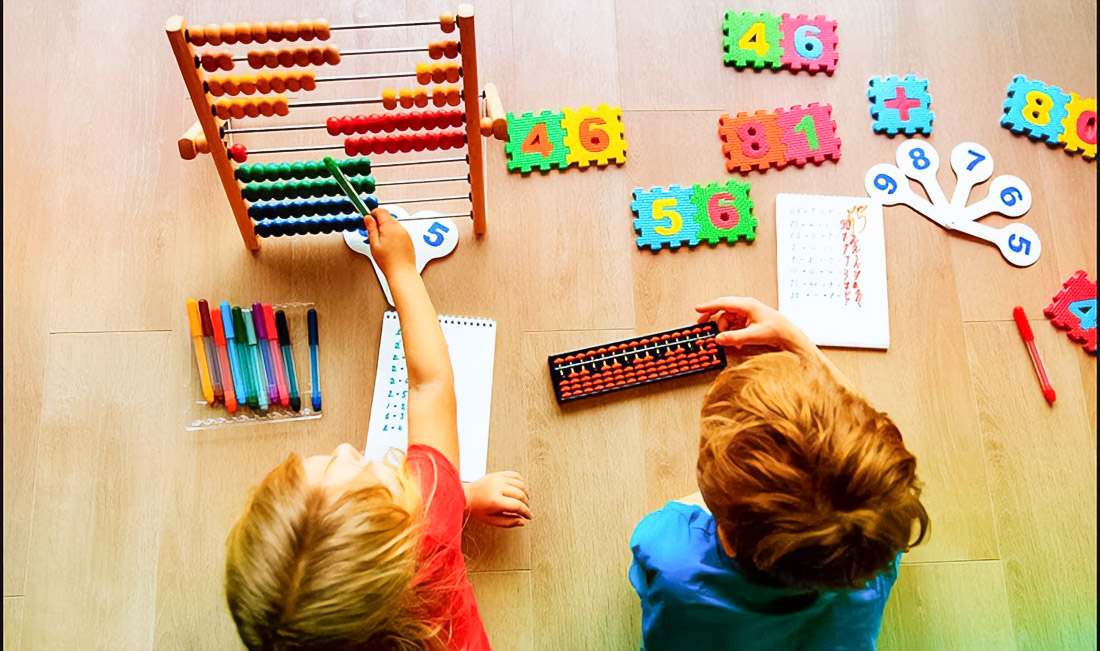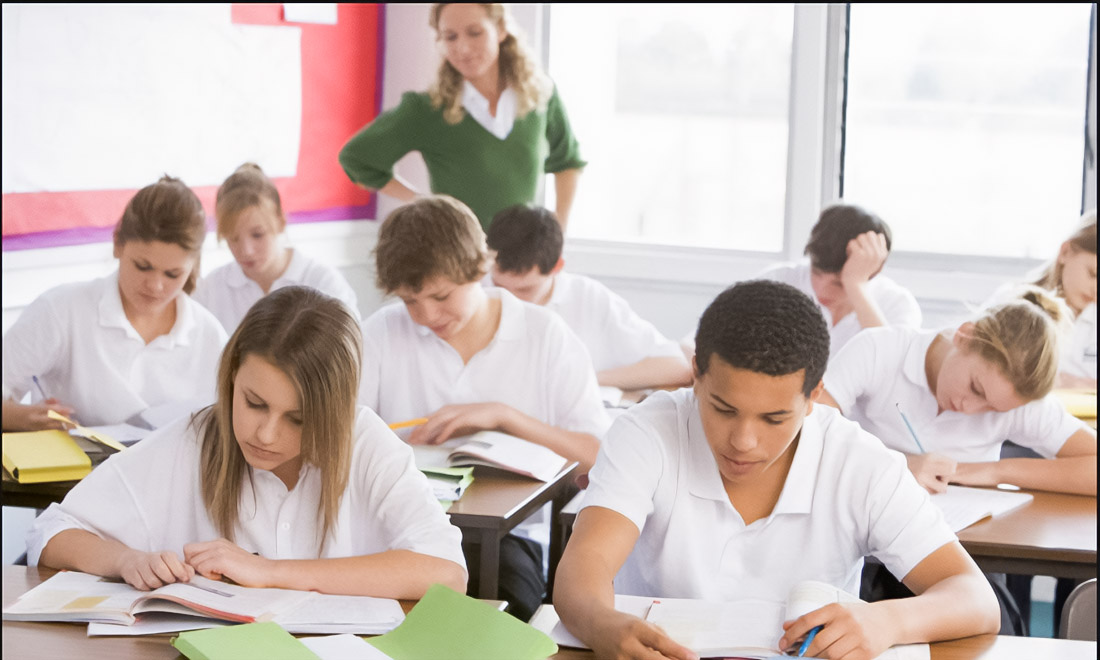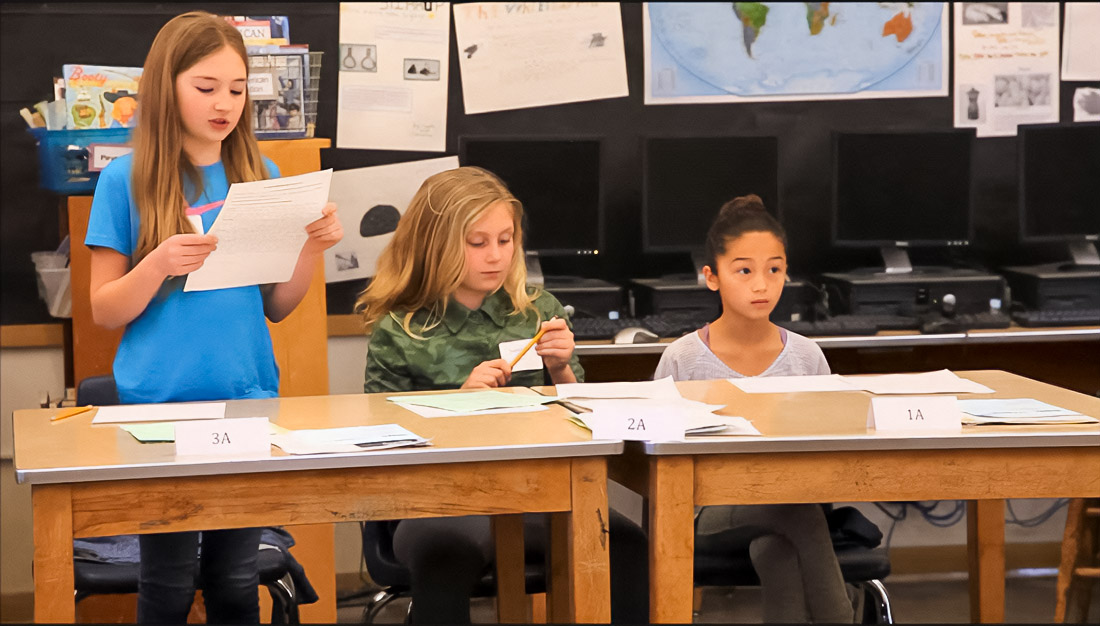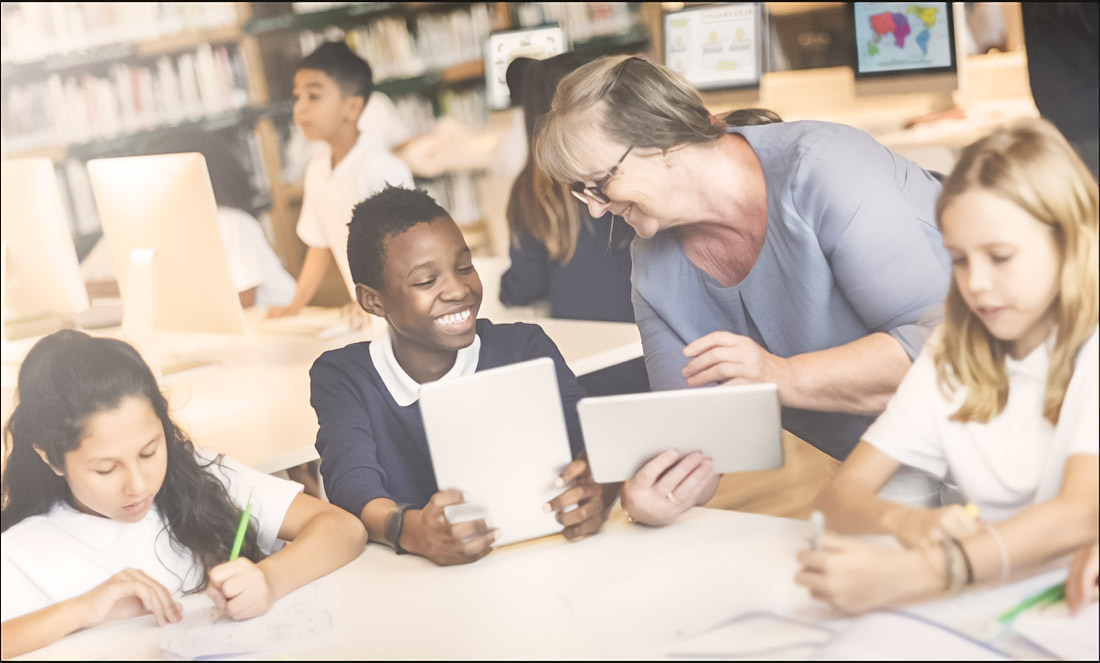Divergent thinking represents the ability to generate many ideas or solutions for one task, which is the basis of creative thinking. This is especially important for children in modern conditions, in a fast-changing world, where innovations and adaptability become key to success. At age 4-5 years, in the initial stage of development, divergent thinking acquires critical significance, contributing to the formation of life-necessary skills. Children possessing this type of thinking show greater flexibility, find nonstandard solutions, and, what is especially important, confidence in their creative abilities. Learn more about methods of development of creative thinking in school on site Indian International School Ajman.
Impact divergent thinking on cognitive development children

According to scientific data, the development of divergent thinking at an early age leads to the improvement of cognitive abilities, social adaptation, and the development of emotional intelligence. Research shows that children who, from an early age, learn to look at tasks from different angles achieve higher results in academic and professional life. Their adaptive abilities and quick reaction to changing conditions become key skills in our dynamic world. At age 3-6 years, laying the foundation of creativity becomes the basis for building a successful future.
Historical aspect and theories divergent thinking
Research in the area of divergent thinking began actively developing in the middle XX century thanks to the works of J. P. Guilford. He highlighted this approach as a key component of creative thinking, emphasizing such factors as fluency, flexibility, originality, and elaboration of ideas. These aspects became foundational for hundreds of scientific works and educational programs. Modern neuropsychologists proved the connection between creative thinking and the neuroplasticity of the brain. Especially in ages 3-7 years, the brain demonstrates high pliability to learning, which makes preschool education an ideal time for the development of divergent thinking.
Effective strategies and exercises for the development children’s creativity

- Games on associations: Attract children to a game where they need to come up with maximum associations to the given word. This develops fluency and flexibility in thinking. Can use up to 50 words and conduct up to 5 times a week.
- Creative tasks: Children receive set materials for creation object art. Such freedom actions teach originality and experimentation. Conducting 2 times a week shows significant improvement in creativity.
- Role-playing games: Participation in role-playing games stimulates children to develop their scenarios, which strengthens skills in improvisation. This method is suitable for daily practice.
- Projects on open topics: Children create their projects with minimal instructions. For example, one project in a month, such as a miniature garden, develops research skills.
- Group discussions: Conducting discussions in a circle allows each child to express their opinion. Similar events cause growth confidence and contribute to the development of communication skills. Increasing the frequency of discussions up to 2 times a week improves social interactions.
Successful examples from practice
In the UAE. Kindergarten students implemented a unique program development creative thinking showed amazing results. Using project-based learning and games on associations, teachers helped children become more confident, developing their vocabulary in 2 times. Parents note that children have become more open and communicative.
In Ajman’s CBSE Schools, “Creative” applied methods J. P. Guilford, organizing weekly creative workshops. Children developed their projects, which contributed to growth initiative and interest in the study, and also improved social skills by more than 30%.
Concluding ideas for educators: inspiration and motivation

Investing in the development of divergent thinking in children — this investment in a successful future. Such skills allow children to be flexible, adaptive, and confident. Educators use described methods, creating conditions for the development of creative potential. This helps form a new generation of creative and confident personalities. Each child is unique, and task educator — creates an environment where each can reveal their abilities and talents. Let these methods become an inspiration in pedagogical practice, forming a successful generation.

Skier, follower of Christ, guitarist, Saul Bass fan and holistic designer. Producing at the junction of art and sustainability to craft meaningful ideas that endure. I prefer clear logic to decoration.
